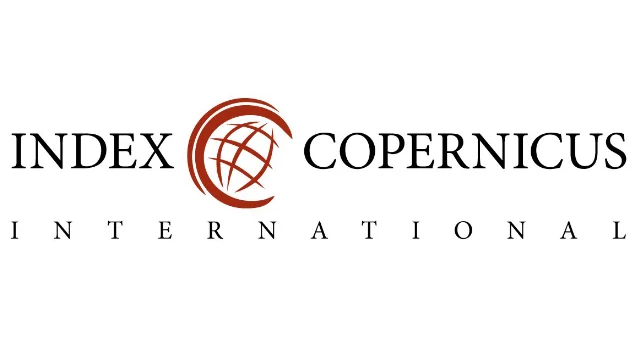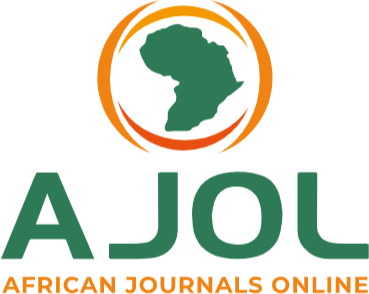Faith, Technology, and Safety: A Theoretical Framework for Religious Leaders Using Artificial Intelligence to Advocate for Gun Violence Prevention
Keywords:
AI-driven advocacy, Faith-Based Advocacy, Gun Violence Prevention, Supervised Learning, Unsupervised Learning, Reinforcement LearningAbstract
Gun violence remains a pressing moral and public health crisis, necessitating innovative approaches to advocacy within faith communities. This conceptual paper explores the potential of artificial intelligence (AI) to enhance the advocacy efforts of religious leaders in combating gun violence. Drawing on social capital theory and techno-ethical frameworks, it examines how AI-driven tools—such as supervised learning for data-driven messaging, unsupervised learning for community trend analysis, reinforcement learning for adaptive advocacy strategies, and hybrid models for comprehensive engagement—can amplify the moral and social influence of religious communities. The study addresses ethical challenges, including privacy concerns, algorithmic bias, and the risk of dehumanizing advocacy efforts, proposing guidelines for responsible AI use. Emerging trends, such as federated learning and explainable AI (XAI), are explored as future directions for faith-based advocacy. Regulatory frameworks, including data protection laws and ethical AI standards, are considered for their role in ensuring equitable and transparent technology adoption. This article provides a theoretical foundation for researchers, religious leaders, and policymakers to advance AI-driven advocacy, offering recommendations to align technology with faith-based values in the pursuit of safer communities.
Downloads
Published
Issue
Section
Similar Articles
- Mu’awiya Baba Aminu, Sangodiji Enoch Ezekiel, Changde A. Nanfa, Anako Shefawu Onize, Daniel Chukwunonso Chukwudi, Facies and geochemical characteristics of the Igumale Formation, Lower Benue Trough, Nigeria , Communication In Physical Sciences: Vol. 12 No. 5 (2025): Vol 12 ISSUE 5
- Nyeneime W. Akpanudo, Onyeiye Ugomma Chibuzo, Musanga cecropioides Sawdust as an Adsorbent for the Removal of Methylene Blue from Aqueous Solution , Communication In Physical Sciences: Vol. 5 No. 3 (2020): VOLUME 5 ISSUE 3
- Uwaisu Yusuf, Paul A. P. Mamza, Casimir Emmanuel Gimba, Effect of Isoberlina Wood Fillers on the Mechanical and Thermal Properties of PVC Composites , Communication In Physical Sciences: Vol. 6 No. 1 (2020): VOLUME 6 ISSUE 1
- Elizabeth Chinyere Nwakorongwu, Patricia Uchechi. Kanayochi-Okpechi, Ugochukwu Joseph, Effects of Annealing Temperature on the Dual Solution Synthesis and Optical Characterization of AlS: ZnS Thin Films , Communication In Physical Sciences: Vol. 11 No. 1 (2024): VOLUME 11 ISSUE 1
- Richard Alexis Ukpe, Synthesis and Characterization of Calcium Oxide Nanoparticles (CaO-NPs) from Waste Oyster Shells , Communication In Physical Sciences: Vol. 10 No. 3 (2023): VOLUME 10 ISSUE 3 (2023-2024)
- Mumini Itopa Abdulazeez, Habeeb Ayoola Ayinla, Jeremiah Ayok , Goodness Abraham, Zulaihat Jummai Sanni, Organic Petrographic Characterization and Paleodepositional Environment of Potential Source Rocks in the Patti Formation, Bida Basin, Nigeria , Communication In Physical Sciences: Vol. 12 No. 4 (2025): VOLUME1 2 ISSUE 4
- Benjamin Odey Omang, Microchemical characterization and stream sediment composition of alluvial gold particles from the Rafin Gora drainage system, Kushaka schist belt, North Western Nigeria , Communication In Physical Sciences: Vol. 9 No. 3 (2023): VOLUME 9 ISSUE 3
- Nsikak Bassey Essien, Chukwu Obaji Daniel, Raphael Mmenyene Paul, Synthesis and characterization of Silicon Oxide Nanoparticles using Plantain Peel as a Precursor , Communication In Physical Sciences: Vol. 11 No. 1 (2024): VOLUME 11 ISSUE 1
- I. Yinusa, Phytochemical Screening, GC-MS And FTIR Analysis of Ethanol Extract of Piliostigma thonningii (schum Milne—Redth) Leaf , Communication In Physical Sciences: Vol. 5 No. 1 (2020): VOLUME 5 ISSUE 1
- Kabiru Alhaji Bala, Ogunlana Yusuf Olayinka, Maryam Aliyu, The Design and Development of Environmentally Friendly Biogas Using an Anaerobic Digestion System , Communication In Physical Sciences: Vol. 8 No. 4 (2022): VOLUME 8 ISSUE 4
You may also start an advanced similarity search for this article.




